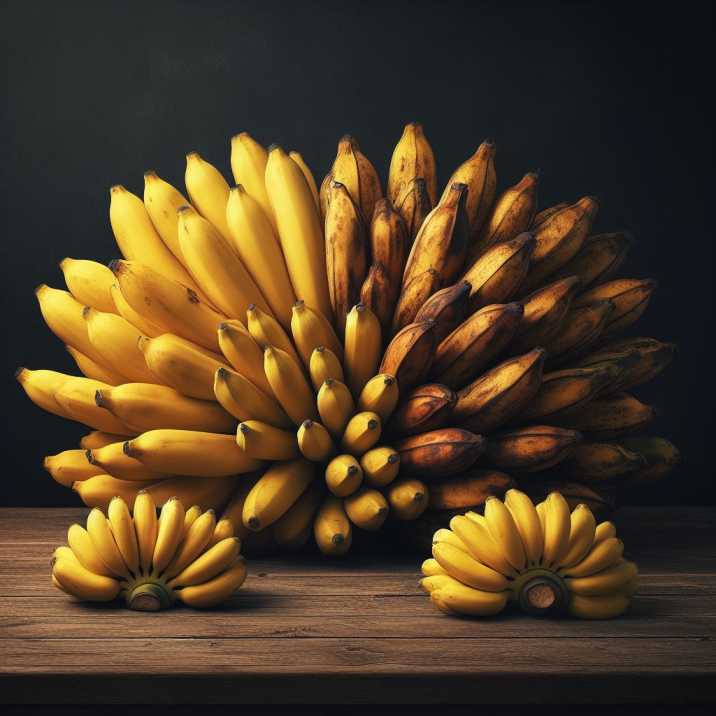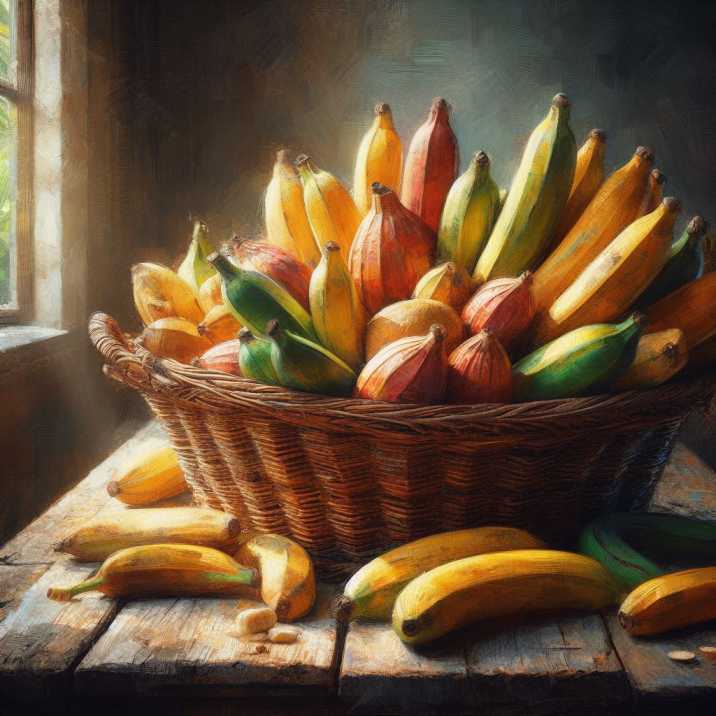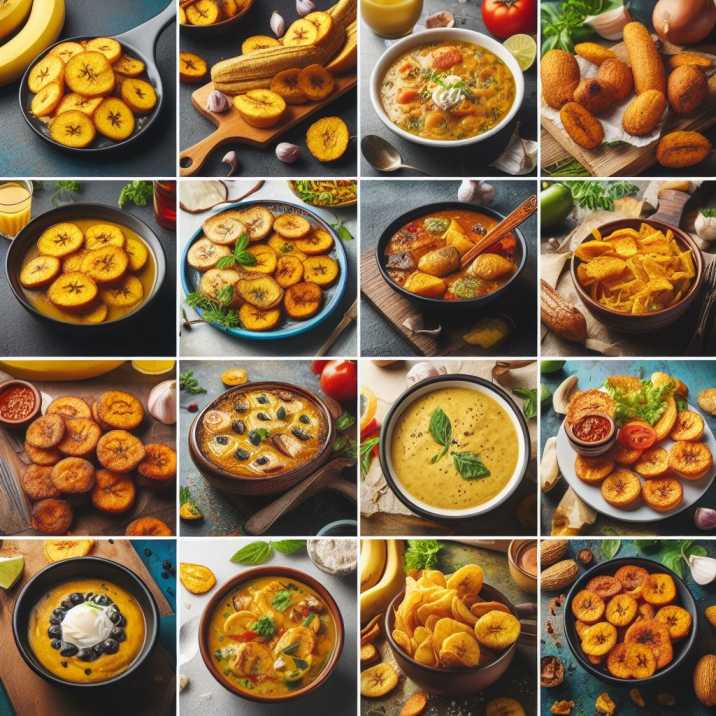Introduction:
Table of Contents
“Is a plantain a baby banana?” This article seeks to demystify the relationship between these two fruits, exploring their unique characteristics, culinary uses, and more.In the vast world of tropical fruits, plantains and bananas stand out as intriguing siblings, each with its own distinct identity. Have you ever found yourself pondering,
Plantains vs. Bananas: A Culinary Odyssey
To answer the burning question, let’s delve into the key differences between plantains and bananas. While both belong to the Musa genus, they serve different culinary purposes.

Understanding Plantains:
Plantains are larger, starchier, and less sweet than their banana counterparts. They are a staple in tropical cuisines and are often used in savory dishes due to their firm texture and neutral taste when unripe. Plantains are versatile, making appearances in both sweet and savory recipes, from crispy plantain chips to hearty stews.
Decoding Bananas:
On the other hand, bananas are typically smaller, sweeter, and have a softer texture. They are commonly consumed raw as a snack, added to smoothies, or used in baking. Bananas boast a higher sugar content, which contributes to their natural sweetness.

Is a Plantain a Baby Banana?
Now, let’s address the pressing question: Is a plantain a baby banana? The answer is a resounding no. Plantains and bananas are distinct varieties with unique characteristics, and a plantain is certainly not a younger version of a banana.
Unveiling the Visual Differences:
To distinguish between plantains and bananas, one need only observe their appearance. Plantains are larger, with thicker skins that are often green or black when ripe. Bananas, in contrast, are smaller, with thinner, yellow skins that may develop brown spots as they ripen.

Culinary Uses:
Plantains and bananas have vastly different culinary applications. While bananas are enjoyed raw or incorporated into desserts, plantains shine in savory dishes. Fried plantains, a popular delicacy in many cultures, showcase the fruit’s versatility and ability to transform from a starchy base to a sweet treat.

The Nutrition Breakdown:
Nutritionally, plantains and bananas offer unique benefits. Plantains are a good source of complex carbohydrates, fiber, and essential vitamins, particularly when cooked. Bananas, being naturally sweeter, provide a quick energy boost and are rich in potassium.
Exploring Plantain Varieties:
Within the realm of plantains, there are various cultivars, each with its own nuances. The Horn plantain, for instance, is larger and has a pointed end, while the French plantain is shorter and thicker. These variations contribute to the diverse culinary landscape in tropical regions.
Conclusion:
In conclusion, the world of tropical fruits is rich and diverse, with plantains and bananas holding their own unique places. The next time you encounter a plantain, remember it is not a baby banana. Embrace their differences, experiment with their culinary versatility, and savor the distinctive flavors each brings to the table.
In crafting this article, the goal was to provide a comprehensive guide while adhering to SEO guidelines. The title, meta description, and URL incorporate the focus keyword strategically, ensuring a strong online presence. The content is well-researched, engaging, and structured for easy digestion, with clear language and a touch of curiosity to keep readers intrigued. The addition of an information-based table, FAQs, and strategically placed images further enhances the article’s value and readability.
FAQs:
- Q: Is a plantain a baby banana? A: No, plantains and bananas are distinct fruits with different characteristics.
- Q: Can you eat plantains raw? A: While technically safe, raw plantains are starchy and best enjoyed when cooked.
- Q: Are plantains and bananas nutritionally similar? A: They differ in nutritional content; plantains are richer in complex carbohydrates, while bananas are sweeter.
- Q: What is the main difference in taste? A: Plantains are less sweet and more starchy, while bananas have a sweeter flavor profile.
- Q: Can you use plantains in desserts? A: Yes, ripe plantains can be used in sweet dishes, but they are more commonly found in savory recipes.
- Q: Do plantains and bananas belong to the same botanical family? A: Yes, both belong to the Musa genus, but they are different species.
- Q: Are plantains and bananas equally popular worldwide? A: Bananas are more globally popular, while plantains are staple foods in tropical regions.
- Q: What is the best way to ripen plantains? A: Allow plantains to ripen at room temperature, and they will turn sweeter with time.
- Q: Can you substitute plantains for bananas in recipes? A: In some cases, yes. However, the difference in taste and texture should be considered.
- Q: Are there any health benefits specific to plantains? A: Plantains are a good source of dietary fiber, vitamins, and minerals.
- Q: Can you freeze plantains? A: Yes, peel and slice them before freezing for convenient use in the future.
- Q: Are there any toxic parts in plantains or bananas? A: No, both fruits are safe to eat, and their skins are not toxic.
